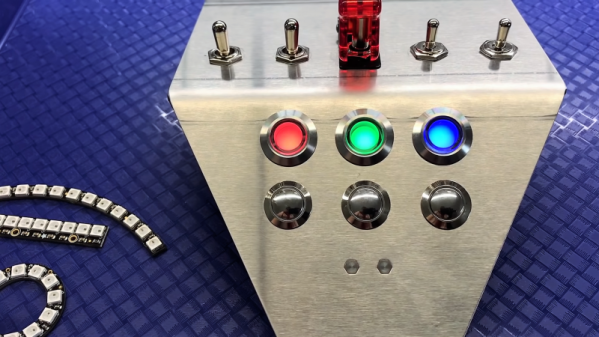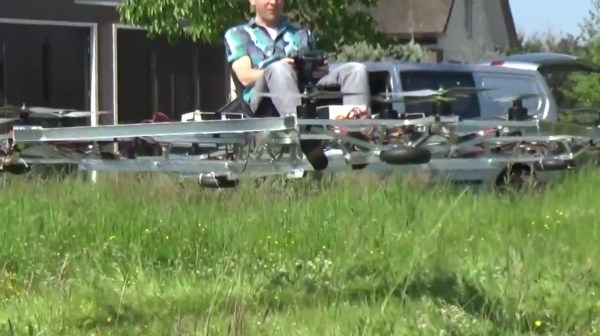Hacking has taken on many different meanings over the years, but if you’re here reading these words, we’ll assume your definition is pretty close to ours. To hack is to explore and learn, to find new and (hopefully) better ways of doing things. Or at least, that’s part of it. The other part is to then take what you learned and share it with others. Do that enough, and soon you’ll find yourself part of a community of like-minded individuals — which is where things really start getting interesting.
Here at Hackaday the objects of our attention are, with the occasional exception, electronic devices of some sort or another. Perhaps an old piece of gear that needs a modern brain transplant, or a misbehaving consumer gadget that could benefit from the addition of an open source firmware. But just as there are different ways to interpret the act of hacking, there’s plenty of wiggle room when it comes to what you can hack on.
In his talk during the 2023 Hackaday Supercon, Tom Mloduchowski makes the case that more hackers should be getting involved with aviation. No, we’re not talking about flying drones, though he does cover that during the presentation. This is the real deal. Whether you want to take a quick joyride in a small plane, become a professional pilot, or even build and operate your own experimental aircraft, this talk covers it all.
Continue reading “Supercon 2023: Why More Hackers Should Earn Their Wings”





















